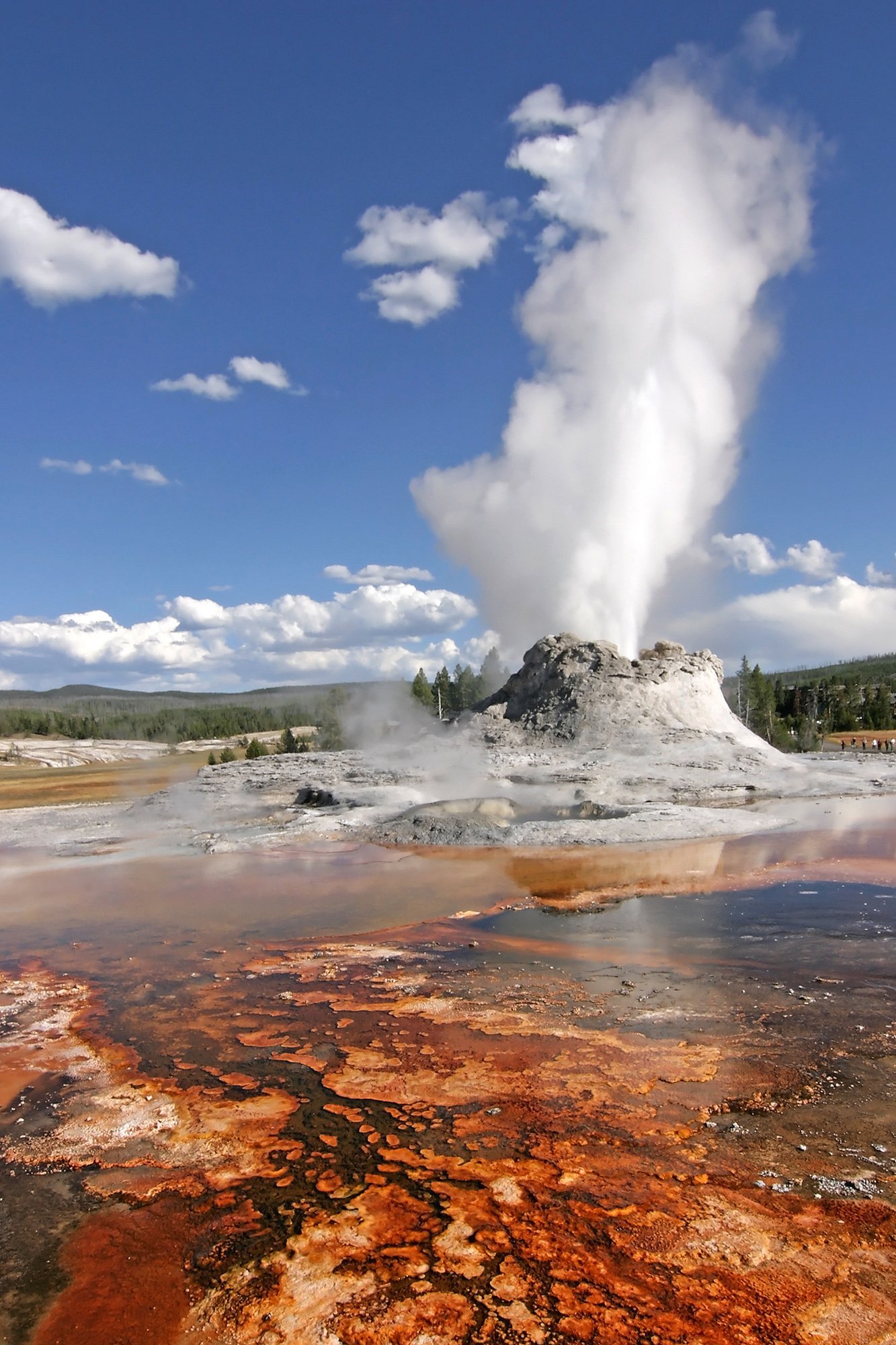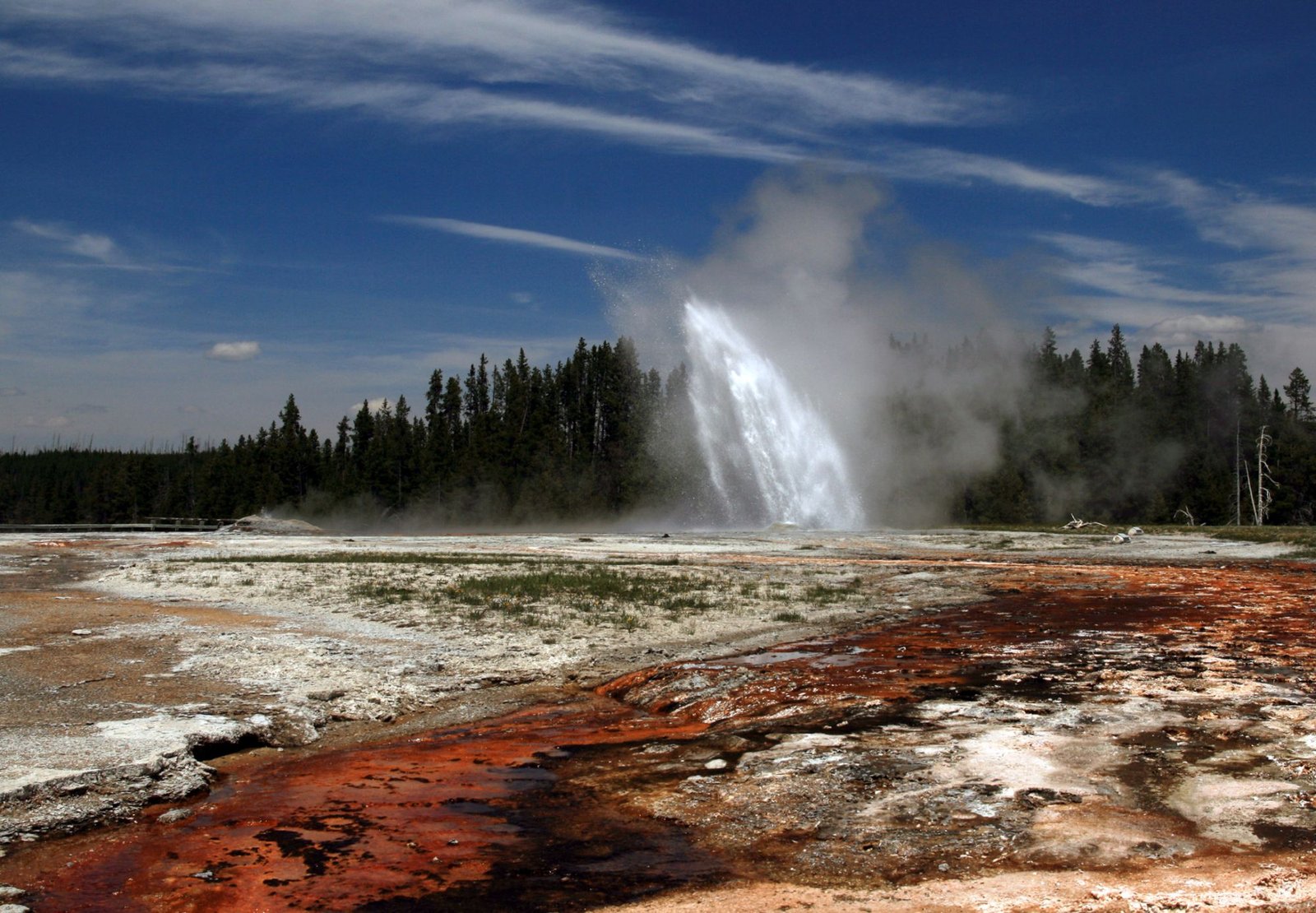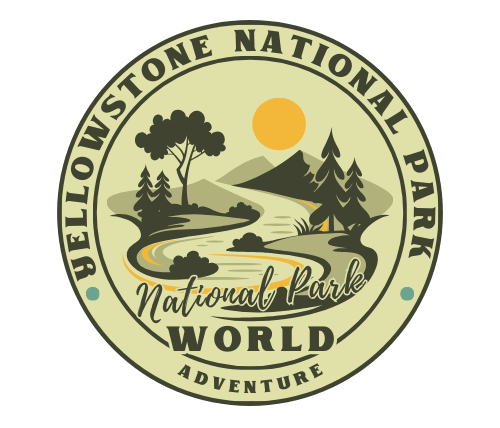The reintroduction of gray wolves to Yellowstone National Park in 1995 has significantly boosted tourism and the local economy. Visitor numbers have increased by 3.5-4% annually, with over 100,000 wolf-watching visitors recorded by 2002. The economic impact is substantial, generating millions in revenue and creating new opportunities for wildlife tours and local businesses. This article explores how gray wolves increase tourism in Yellowstone National Park and the resulting benefits.
How Have Gray Wolves Impacted Visitor Numbers in Yellowstone?

The presence of gray wolves in Yellowstone National Park has had a remarkable effect on visitor numbers:
- By 2002, the park recorded its 100,000th wolf-watching visitor since the reintroduction in 1995.
- This translates to an average of 14,285 visitors per year coming specifically to view wolves.
- Overall, there has been a 3.5-4% increase in tourism since the wolves’ reintroduction.
- Considering Yellowstone’s annual visitor count of around 3 million, this increase is significant.
The allure of potentially spotting these majestic predators in their natural habitat has drawn wildlife enthusiasts from across the globe, contributing to a steady rise in park visitation.
What Economic Benefits Have Gray Wolves Brought to Yellowstone?

The economic impact of gray wolf tourism in Yellowstone is substantial and multi-faceted:
-
Direct Visitor Spending: In 2005, visitors from outside Montana, Wyoming, and Idaho spent an estimated $35.5 million related to wolf-watching activities.
-
Regional Economic Impact: The total economic impact of wolf recovery on the three-state area surrounding Yellowstone was approximately $58 million in 2005.
-
Tourism Revenue: Wolf-based tourism generates around $5 million per year for small outfitters in and around Yellowstone National Park.
-
Job Creation: The increased tourism has led to new jobs in tour guiding, hospitality, and related services.
-
Extended Tourism Season: Wolf viewing is optimal during winter, spring, and late fall, helping to boost visitation during traditionally slower periods.
This economic boost has benefited local communities, businesses, and the park itself, demonstrating the significant financial value of wildlife conservation.
How Has Wolf Tourism Affected Local Businesses?
The reintroduction of gray wolves has created new opportunities and growth for local businesses:
- Tour Operators: Many small outfitters now specialize in wolf-watching tours, offering guided experiences by foot, vehicle, or even river.
- Accommodation: Hotels and lodges in gateway communities have seen increased bookings, especially during wolf-viewing seasons.
- Retail: Stores selling wolf-related merchandise, photography equipment, and outdoor gear have flourished.
- Restaurants: Local eateries benefit from the influx of tourists seeking wolf-watching experiences.
- Educational Centers: Facilities like the International Wolf Center contribute up to $3 million per year to local economies.
This diversification of the local economy has helped create a more resilient tourism industry, less dependent on seasonal fluctuations.
What Types of Wolf-Watching Tours Are Available in Yellowstone?
Visitors to Yellowstone can choose from a variety of wolf-watching experiences:
- Guided Vehicle Tours: Professional guides drive visitors to prime wolf-watching locations.
- Hiking Tours: Guided walks in wolf territory for a more immersive experience.
- River Tours: Some operators offer wolf-watching opportunities from rafts or boats.
- Photography Tours: Specialized tours for wildlife photographers seeking the perfect wolf shot.
- Winter Tours: Snowcoach or snowmobile tours for winter wolf watching.
| Tour Type | Description | Best Season |
|---|---|---|
| Vehicle Tours | Comfortable, accessible, good for all ages | Year-round |
| Hiking Tours | More immersive, requires physical fitness | Spring, Summer, Fall |
| River Tours | Unique perspective, chance to see wolves near water | Summer |
| Photography Tours | Focused on getting the best shots, often longer duration | Year-round |
| Winter Tours | Spectacular scenery, higher wolf activity | Winter |
These diverse options cater to different preferences, physical abilities, and levels of wolf-watching enthusiasm.
Where Are the Best Locations for Wolf Watching in Yellowstone?
While wolves can be spotted throughout Yellowstone, some areas are known for more frequent sightings:
- Lamar Valley: Often called the “Serengeti of North America,” this is the prime location for wolf watching.
- Northern Range: Includes areas like Blacktail Plateau and Mammoth Hot Springs.
- Hayden Valley: Another excellent spot, especially in the early morning or late evening.
- Slough Creek: Known for its wolf den sites and frequent pack activity.
- Tower-Roosevelt Area: Offers good vantage points for spotting wolves in the distance.
Visitors are advised to bring binoculars or spotting scopes, as wolves are often viewed from a distance to ensure their natural behavior is not disturbed.
What Challenges Does Increased Wolf Tourism Present?
While the increase in tourism due to gray wolves has been largely positive, it does present some challenges:
- Wildlife Disturbance: Increased human presence can potentially disrupt wolf behavior and habitat use.
- Traffic Management: Popular wolf-watching spots can become congested, requiring careful traffic control.
- Resource Allocation: The park must balance resources between wolf management and other park needs.
- Visitor Expectations: Not all visitors will see wolves, which can lead to disappointment.
- Safety Concerns: Ensuring visitor safety while allowing for wildlife viewing requires ongoing education and enforcement.
To address these challenges, Yellowstone National Park has implemented various measures:
- Strict wildlife viewing guidelines (maintaining safe distances, no feeding, etc.)
- Temporary closures of sensitive areas (e.g., den sites)
- Increased ranger presence in popular wolf-watching areas
- Educational programs about wolf ecology and responsible viewing practices
How Has Wolf Tourism Impacted Conservation Efforts?
The success of wolf tourism in Yellowstone has had positive impacts on conservation efforts:
- Increased Public Interest: Wolf watching has fostered greater public engagement with wildlife conservation issues.
- Funding for Research: Revenue from wolf-related tourism helps fund ongoing research and monitoring programs.
- Support for Reintroduction: The economic benefits have helped garner support for wolf reintroduction in other areas.
- Education Opportunities: Wolf tourism provides a platform for educating the public about ecosystem health and biodiversity.
By demonstrating the economic value of living wolves, Yellowstone’s wolf tourism has become a powerful argument for conservation, showing that protecting wildlife can have tangible benefits for local communities.
In conclusion, the reintroduction of gray wolves to Yellowstone National Park has not only been a ecological success but also a significant boost to tourism and the local economy. From increased visitor numbers to new business opportunities, the presence of wolves has transformed Yellowstone into a premier wildlife watching destination. As the park continues to balance the needs of wildlife with those of visitors, the story of Yellowstone’s wolves serves as a compelling example of how conservation can go hand in hand with economic development.
References:
1. https://defenders.org/sites/default/files/publications/wolf_ecotourism__conserving_wildlife_and_boosting_local_economies.pdf
2. https://www.yellowstonepark.com/news/gray-wolves-increase-tourism-in-yellowstone-national-park/
3. https://www.nps.gov/yell/learn/nature/upload/2022-Web-Wolf-Report.pdf

